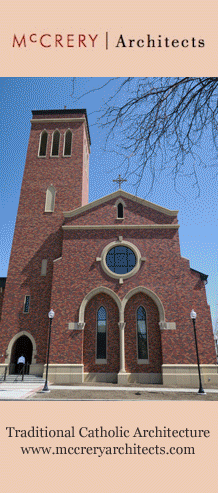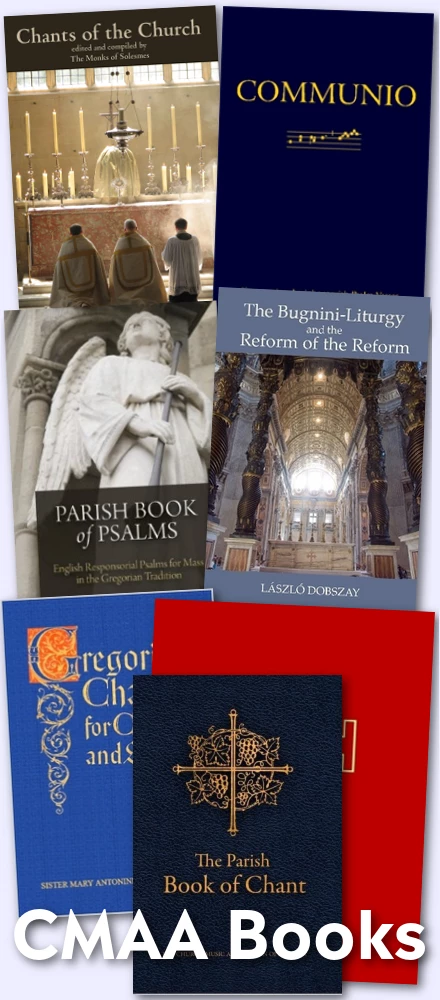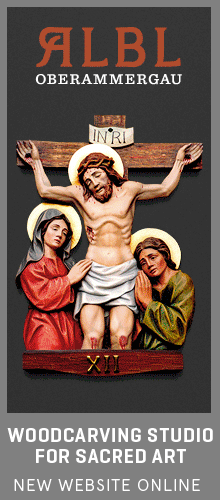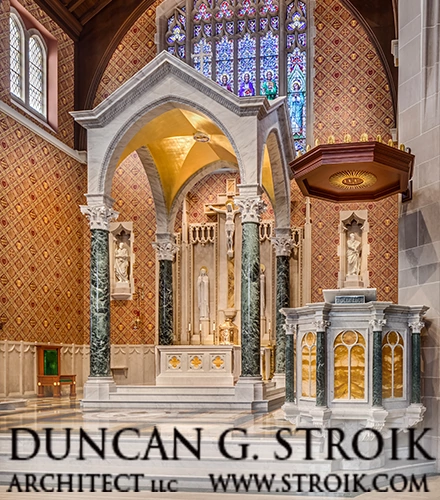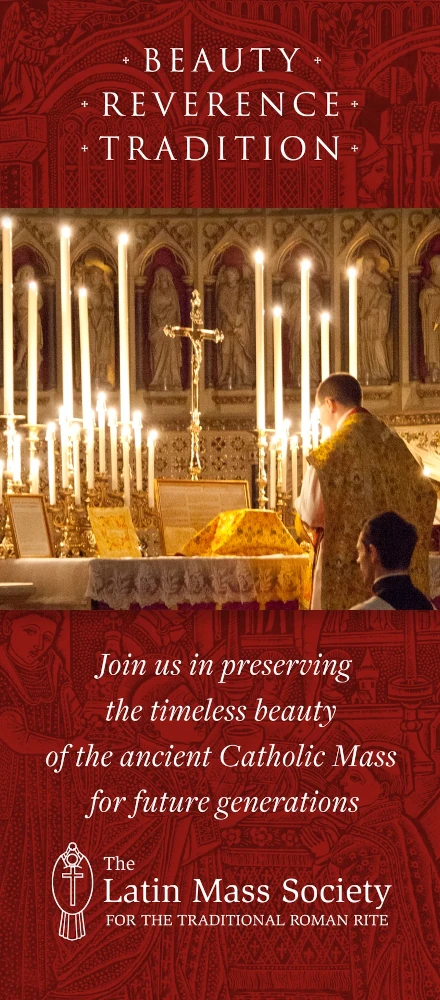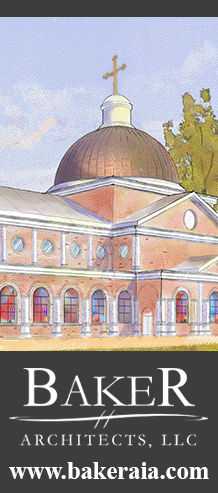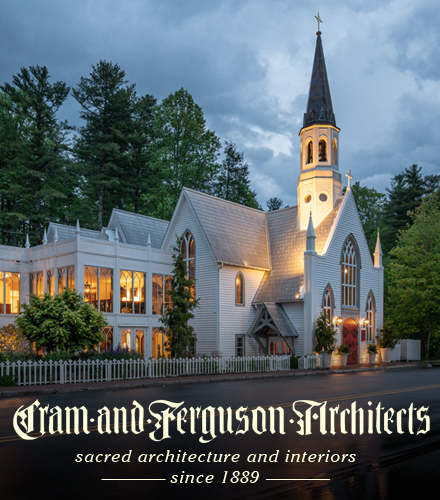An interesting looking offering from Eamon Duffy.Marking the Hours: English People and Their Prayers, 1240-1570
208 pp. 120 color illus.
ISBN: 0300117140
$35.00
Cloth Hardcover
Product description: In this richly illustrated book, religious historian Eamon Duffy discusses the Book of Hours, unquestionably the most intimate and most widely used book of the later Middle Ages. He examines surviving copies of the personal prayer books which were used for private, domestic devotions, and in which people commonly left traces of their lives. Manuscript prayers, biographical jottings, affectionate messages, autographs, and pious paste-ins often crowd the margins, flyleaves, and blank spaces of such books. From these sometimes clumsy jottings, viewed by generations of librarians and art historians as blemishes at best, vandalism at worst, Duffy teases out precious clues to the private thoughts and public contexts of their owners, and insights into the times in which they lived and prayed. His analysis has a special relevance for the history of women, since women feature very prominently among the identifiable owners and users of the medieval Book of Hours.
Books of Hours range from lavish illuminated manuscripts worth a king’s ransom to mass-produced and sparsely illustrated volumes costing a few shillings or pence. Some include customized prayers and pictures requested by the purchaser, and others, handed down from one family member to another, bear the often poignant traces of a family’s history over several generations. Duffy places these volumes in the context of religious and social change, above all the Reformation, discusses their significance to Catholics and Protestants, and describes the controversy they inspired under successive Tudor regimes. He looks closely at several special volumes, including the cherished Book of Hours that Sir Thomas More kept with him in the Tower of London as he awaited execution.
Friday, December 01, 2006
Marking the Hours, Eamon Duffy
Shawn TribeMore recent articles:
The Solemnity of St Joseph, Patron of the Universal Church 2025Gregory DiPippo
From the Encyclical Quamquam pluries of Pope Leo XIII on St Joseph, issued on the feast of the Assumption in 1889. It is providential that the conclave to elect a new pope should begin on this important solemnity; let us remember to count Joseph especially among the Saints to whom we address our prayers for a good outcome of this election. The spe...
Why the Traditional Mass Should Remain In LatinPeter Kwasniewski
In spite of attempts to suppress it, the traditional Latin Mass is here to stay. It may not be as widespread as it was in the halcyon days of Summorum Pontificum, but neither is it exactly hidden under a bushel, as the early Christians were during the Roman persecutions. In many cites, gigantic parishes run by former Ecclesia Dei institutes are pac...
An Illuminated Manuscript of St John’s ApocalypseGregory DiPippo
In honor of the feast of St John at the Latin Gate, here is a very beautiful illuminated manuscript which I stumbled across on the website of the Bibliothèque national de France (Département des Manuscrits, Néerlandais 3), made 1400. It contains the book of the Apocalypse in a Flemish translation, with an elaborately decorated page before each chap...
Gregorian Chant Courses This Summer at Clear Creek Abbey Gregory DiPippo
Clear Creek Abbey in northwest Oklahoma (diocese of Tulsa: located at 5804 W Monastery Road in Hulbert) will once again be hosting a week-long instruction in Gregorian chant, based on the course called Laus in Ecclesia, from Monday, July 14, to Friday, July 18. The course will be offered at three different levels of instruction:1) Gregorian initiat...
The Feast of St Vincent FerrerGregory DiPippo
The feast of St Vincent Ferrer was traditionally assigned to the day of his death, April 5th, but I say “assigned to” instead of “kept on” advisedly; that date falls within either Holy Week or Easter week so often that its was either translated or omitted more than it was celebrated on its proper day. [1] For this reason, in 2001 the Dominicans mov...
Good Shepherd Sunday 2025Gregory DiPippo
Dearest brethren, Christ suffered for us, leaving you an example that you should follow His steps; Who did no sin, neither was guile found in His mouth; Who, when He was reviled, did not revile. When He suffered, he threatened not, but delivered Himself to him that judged Him unjustly; Who His own self bore our sins in His body upon the tree: that...
The Gospel of Nicodemus in the Liturgy of EastertideGregory DiPippo
By “the Gospel of Nicodemus”, I mean not the apocryphal gospel of that title, but the passage of St John’s Gospel in which Christ speaks to Nicodemus, chapter 3, verses 1-21. This passage has an interesting and complex history among the readings of the Easter season. For liturgical use, the Roman Rite divides it into two parts, the second of which...
“The Angel Cried Out” - The Byzantine Easter Hymn to the Virgin MaryGregory DiPippo
In the Byzantine Divine Liturgy, there are several places where the priest sings a part of the anaphora out loud, and the choir makes a response, while he continues the anaphora silently. In the liturgy of St John Chrysostom, which is by far the more commonly used of the two anaphoras, the priest commemorates the Saints after the consecration and ...
The LavaboMichael P. Foley
Lost in Translation #124 After the incensation, the priest goes to the Epistle side and washes his hands, reciting Psalm 25, 6-12: Lavábo inter innocentes manus meas: et circúmdabo altáre tuum, Dómine.Ut audiam vocem laudis: et enarrem universa mirabilia tua.Dómine, dilexi decórem domus tuae: et locum habitatiónis gloriae tuae.Ne perdas cum impii...
Spinello Aretino’s Altar of Ss Philip and JamesGregory DiPippo
At the very end of the 14th century, the painter Spinello di Luca Spinelli (1350 ca. - 1410 ca.), usually known as Spinello Aretino (from Arezzo) was commissioned to make a frescoed altarpiece for the Dominican church of his native city. The altar itself no longer exists; it was dedicated to the Apostles Philip and James, whose feast is traditional...


